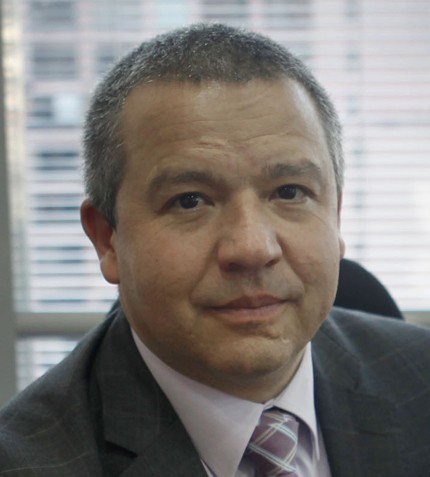
"Resolution has the potential to fulfill up to 25% of the current US copper demand, with a projected lifespan of 60 years."
Victoria Peacey
PRESIDENT AND GENERAL MANAGER, RESOLUTION COPPER
What is the status of Resolution Copper?
We are awaiting the re-publication of the Final Environmental Impact Statement (FEIS), a document that discloses the comprehensive environmental and social impacts, alternatives and mitigation measures of the proposed mine plan, which will serve as the definitive framework for the project. The development of the FEIS involved a multi-year co-design process completed in good faith with six neighboring local communities, 11 Native American tribes with ancestral ties to the area, and a dozen federal and state agencies. The collective voice of communities, Tribes and regulators have driven major changes to the original mine plan including the relocation of major project facilities and foregoing mining some sections of the ore body to avoid hundreds of areas of traditional importance, ancestral sites, seeps, springs riparian areas and medicinal plants. This includes the preservation of Apache Leap which contains one of the most significant western Apache ancestral sites in the region and maintaining access to the Oak Flat campground for decades.
What makes block-caving the selected method for the project?
The deposit is very large, approximately 1.5 billion t with an average ore grade of 1.5% copper, but deep ranging between 5,000 and 7,000 feet below ground. Block caving is the most reasonable and technically suited method to mine the ore body.
This method offers several benefits. First, being underground eliminates the need for an open pit mine and no permanent waste rock dumps, resulting in a significantly less disturbed footprint for a similar size open pit mine. Being underground and with the implementation of the latest proven water recycling technology for large scale copper mining, the project would require less water and will reclaim impacted areas concurrent with operations.
How much water will Resolution Copper use compared to other copper mines?
At maximum production, Resolution will use approximately 4.5 gallons of water per pound of copper, compared to other operating copper mines that consume approximately 10 to 50 gallons of water per pound of copper. As a new mine, we can incorporate cutting-edge technology like deep cone thickeners, which would enable us to recover and recycle 65% to 75% of the water we use. This, coupled with the higher-grade of the deposit and our underground approach, allows us to utilize less and recycle more water.
What will be Resolution Copper’s socio-economic impact on Arizona?
A significant challenge lies in the aging nature of copper mines in the US. In the Copper Triangle, only two copper mines remain in operation. New supply is needed to replace lost and declining production and meet current and future domestic demand. Copper deposits such as Resolution are rare and exceptional. Remarkably, it is situated within the Copper Triangle, a region that already boasts existing mining infrastructure, and it resides within the footprint of the historic Magma copper mine. Resolution has the potential to fulfill up to 25% of the current US copper demand, other metals and critical minerals and materials like molybdenum, silver, bismuth, rhenium, indium and tellurium.
With a projected lifespan of 60 years, Resolution would generate approximately 3,700 direct and indirect jobs. Today we have a workforce of 300 people, and the majority are local from the town of Superior to the San Carlos Apache tribe, and our commitment to hiring locally underscores our dedication to investing in the future of Arizona, especially in rural communities that have seen limited investment and high unemployment rates in recent times. Moreover, it would contribute around US$1 billion annually to the state's economy, resulting in Arizona's total economic value of approximately US$ 61 billion over the life of the mine.
How does copper’s current supply and demand gap reflect the need to recognize copper as a critical mineral?
Today, we rely on net imports for almost 50% of our copper supply and our net import reliance is projected to increase well beyond 50% with the energy transition. Although copper may not be officially categorized as critical today, its significance stems from its role in all energy transition technologies and as a gateway to essential and critical mineral co-products, such as indium, tellurium, bismuth, and rare earths.
Today the US utilizes approximately 2 million t/y of copper while producing only 1 million t/y, but these figures are expected to rise to 4 or 5 million t/y. At the same time, other countries are also rapidly decarbonizing and increasing their demand for copper. The Department of Energy, Arizona’s Senators and members form the Congressional Delegation have all recognized the critical nature of copper and importance of domestic production. Elevating copper’s status as a critical mineral would be the next logical step.










